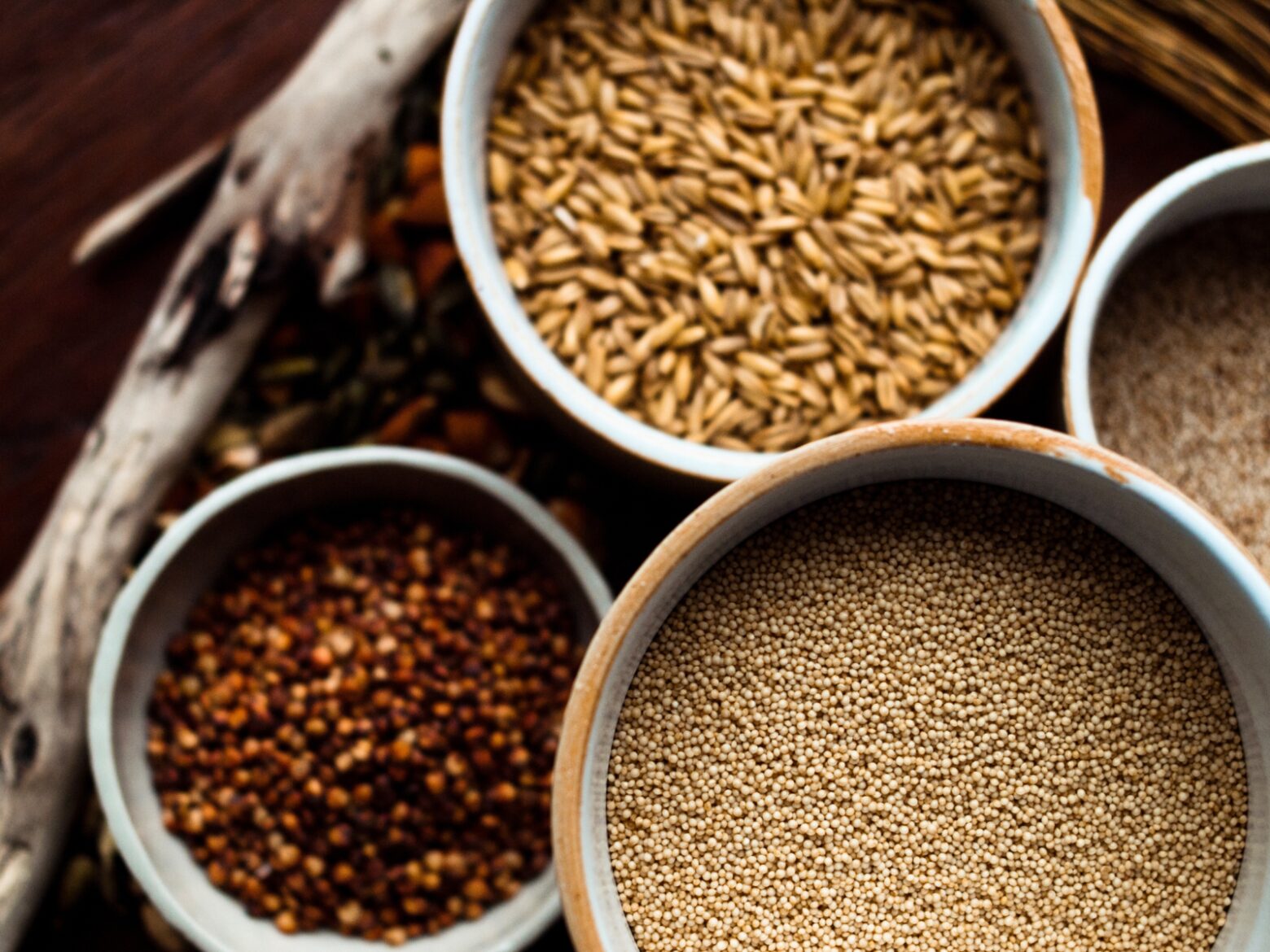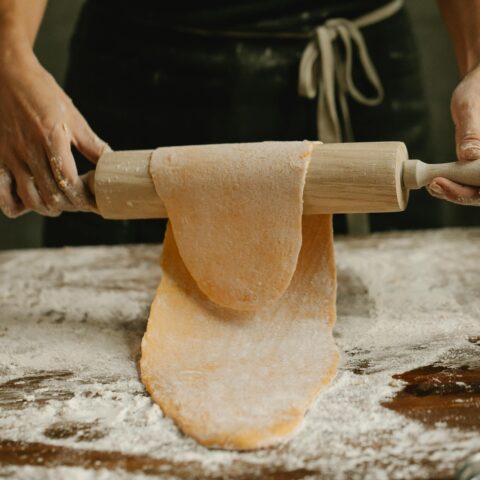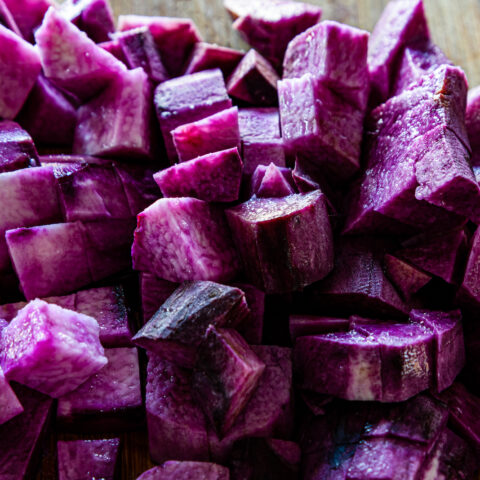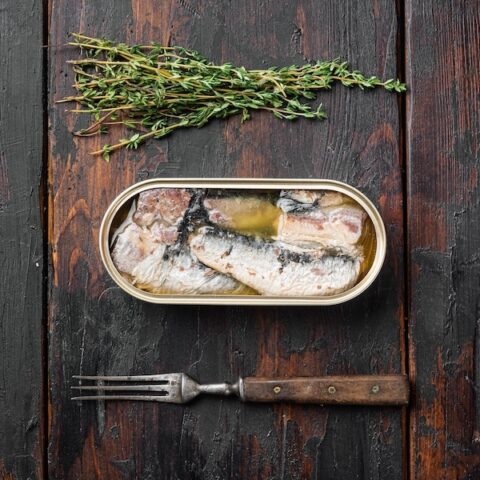Are Ancient Grains Gluten Free and Healthy?

“Ancient grains” is a marketing term used to loosely describe grains that supposedly have been minimally changed by selective breeding. [1] There are many misconceptions about ancient grains, like that they are gluten free or healthier than modern grains.
The term “ancient grains” has been applied even to varieties of common wheat, such as bulgur and freekeh. The list goes on. Along with bulgur and freekeh, wheat variants spelt, Khorasan wheat or Kamut, farro, einkorn, and emmer (all in the genus Triticum), and other grains such as millet, barley, teff, oats, sorghum, quinoa, amaranth, buckwheat, and chia all fall to one degree or another into the category of ancient grains, as it is loosely defined.
Wheat variants, of course, have been with us for a long time. Evidence for them goes back as far as 6,500 BC in places such as Iran. [1] Today, the most widely grown and most modified varieties are Hard Red Winter, Hard Red Spring, Soft Red Winter, Soft White, Hard White, and Durum.
Grains are often considered “survival food.” They have been dubbed this because grains can be stored for relatively long periods of time, and they provide calories and some nutrients in the absence of other food choices. [2,3] While this is reassuring, should we really depend on grains for nutrition under less critical circumstances? Probably not.
There Are Some Gluten Free Ancient Grains
Many grains contain gluten. Some ancient grains are gluten-free, including amaranth, quinoa, buckwheat, millet, and teff. However, oats, spelt, einkorn, and Khorasan wheat are not gluten-free.
People with moderate or severe sensitivities to gluten should take this into account as they decide which foods and ingredients to consume. That said, in general, everyone should avoid gluten regardless of any overt reactions to it for myriad reasons. [4,5]
Regardless of how grains are categorized—and with few exceptions—they are notoriously devoid of a more complete compliment of vitamins and minerals as compared to many fruits and vegetables.
Nutritional ingredients per 100 g (USDA Nutrient Database [6])
| Plant | Gluten | Fiber (g) | Vitamin C (mg) | Calcium (mg) | Protein (g) |
|---|---|---|---|---|---|
| Whole wheat | Yes | 3.8 | 0.0 | 176 | 8.6 |
| Oats | Yes | 10.1 | 0.0 | 52 | 13.1 |
| Corn | Yes | 2.0 | 6.8 | 2 | 3.2 |
| Rice | No | 0.5 | 0.0 | 6 | 6.6 |
| Barley | Yes | 4.0 | 0.2 | 125 | 10.6 |
| Amaranth | No | 11.4 | 4.0 | 277 | 14.2 |
| Chia | No | 27.3 | 0.6 | 255 | 18.2 |
| Quinoa | No | 2.8 | 0.0 | 17 | 4.3 |
| Buckwheat | No | 2.7 | 0.0 | 7 | 3.3 |
| Sorghum | No | 7.1 | 0.0 | 0 | 14.3 |
| Broccoli | No | 2.6 | 89.2 | 47 | 2.8 |
| Carrot | No | 2.8 | 5.9 | 33 | 0.9 |
| Spinach | No | 2.2 | 28.1 | 99 | 2.8 |
| Apple | No | 2.4 | 4.6 | 6 | 0.2 |
| Navel orange | No | 2.0 | 59.1 | 43 | 0.9 |
The table above is not an exhaustive examination of nutritional differences between ancient and modern grains. Nor is it, in a more general sense, a comprehensive comparison between grains and fruits and vegetables. But it does suggest some nutritional pitfalls that might be in store for people who rely too heavily on grains for their nutrition.
Why All Grains Are Unhealthy
Trying to “survive” solely on grains, without supplementing with other foods, is a losing proposition. Many breakfast cereals, for example, are fortified with vitamins and minerals. Why? Because the grains are conspicuously devoid of these nutrients. With very few exceptions, grain-based cereals contain a laundry list of added vitamins and minerals—an effort to create a product that more closely satisfies our needs.[7]
Additionally, people who consume foods that are inflammatory—those with imbalanced levels of fats (i.e., saturated, monounsaturated, omega-6, and omega-3 fats) as we see in grains, or high levels of simple sugars as we might see in grains—are subject to so-called “leaky gut syndrome.” [8]
With gluten-containing grains, you get a one-two punch of inflammatory agents and gluten, which can induce autoimmune diseases such as Crohn’s, rheumatoid and osteo arthritis, inflammatory bowel syndrome (IBS), lupus, multiple sclerosis (MS), and others, as gluten proteins pass through a leaky gut into the bloodstream and raise havoc with our immune systems. [4,5]
So, the question of whether ancient grains are truly Paleo can boil down to a matter of definition. Strictly speaking, all grains are off the Paleo menu. Grains—even ancient grains—did not emerge until about 10,000 years ago at the dawn of the Agricultural and Neolithic Revolution. [1] The Paleolithic Period predates this revolution.
In a genetic sense, and in our ability to genetically adapt to changes in diet, 10,000 years is a blink of an eye, and not nearly enough time for our genes to compensate for this dramatic shift in diet. [4,5] Given this fact, our slow-moving genomes tell us we must be strict in our food preferences and choices if we want to optimize our health.
Occasionally Enjoy Some Grains
For strict practitioners and true devotees of the Paleo lifestyle, all grains should be avoided. However, The Paleo Diet includes so-called “open meals.” [5] Of the 21 to 30 meals and snacks a person would typically consume in a week, a few can include food items and ingredients that are usually off limits—like grains.
This “open meal” approach helps to satisfy cravings and facilitates long-term adoption of The Paleo Diet. We call it the 85-15 guideline, where no more than 15 percent of your calories come from non-Paleo foods. See our guide on How to Practice The Paleo Diet, with flexible ways to make it your own.
If you choose to consume ancient grains or any non-Paleo foods, do so with the understanding that our human ancestors 50,000 to 100,000 years ago did not consume modern, highly processed foods or ancient grains. They were strict hunter-gatherers. Yes, they were opportunists who also took advantage of fare such as honey or other seasonal extravagances. But for most of the year, they ate natural meats and seafood, fruits and berries, seeds, and some rooted plants, all minimally processed or cooked.
References
- Anonymous. 2020. Ancient grains. Wikipedia. https://en.wikipedia.org/wiki/…,amaranth%2C%20buckwheat%2C%20and%20chia
- Anonymous. 2021. Which grain deserves a spot in your survival stockpile?https://www.tactical.com/grain…;
- Hoover, C. 2020. Survival skills: long term food storage of grains. https://skyaboveus.com/wildern…;
- Cordain L. et al. 2005. Origin and evolution of Western diet: health implications for the 21st century. American Journal of Clinical Nutrition 81:341–54. https://academic.oup.com/ajcn/…;
- Cordain, L. 2011. The paleo diet: lose weight and get healthy by eating the foods you were designed to eat. John Wiley and Sons, New York. 266pp.
- USDA. 2020. Nutrient Database: FoodData Central. https://fdc.nal.usda.gov//&nbs…;
- Sobel, A. 2019. What is fortified cereal and is it healthy? https://www.healthline.com/nut…;
- McMillen, M. Undated. Leaky gut syndrome: what is it? https://www.webmd.com/digestiv…;
Bill Manci
Bill Manci is the president of a fisheries and aquaculture consulting company and he has worked with The Paleo Diet since 2002.
More About The Author



